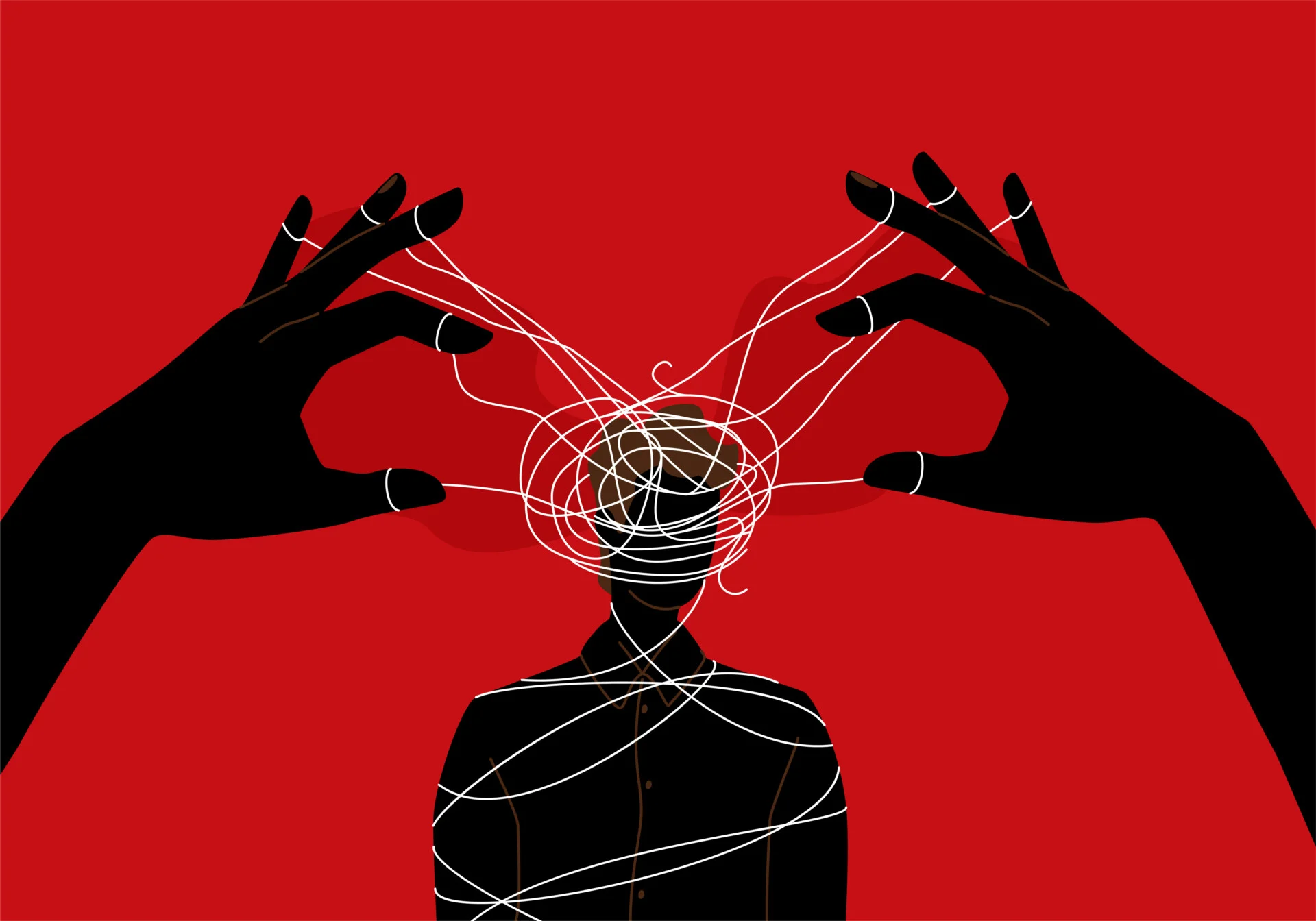
Why Overthinking Feels Like Drowning in Air?
“It’s not the thoughts that hurt, it’s the ones that never leave.”
There’s a peculiar kind of suffocation that happens in plain sight,when your lungs are full of air but your mind can’t breathe. Overthinking doesn’t announce itself with dramatic gasps or visible struggle. Instead, it’s the silent drowning that occurs while standing in an empty room, the breathlessness that comes not from lack of oxygen, but from thoughts that circle like water filling your chest, rising higher with each worry, each “what if,” each replay of conversations that may never matter.
The Architecture of Mental Suffocation
The human brain, in its magnificent complexity, wasn’t designed for the relentless loops of modern anxiety. Research reveals that 73% of adults aged 25-35 experience overthinking, with women showing higher rates than men. But these statistics fail to capture the lived reality,the way thoughts can become as thick and unforgiving as water, making each mental breath feel labored and insufficient.
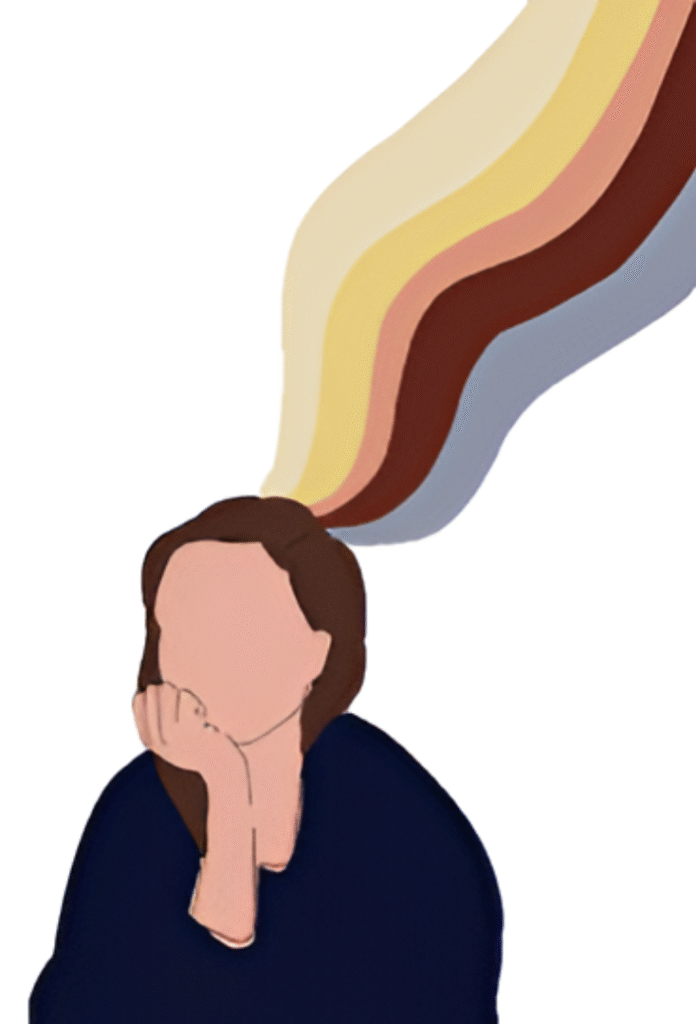
When we overthink, our brains engage what neuroscientists call perseverative cognition the repeated activation of stress-related thoughts that extend far beyond the original trigger.
Unlike the discrete nature of most stressors, these mental representations can persist for twice as long as the events that sparked them. It’s as if your mind becomes trapped underwater, frantically swimming toward a surface that keeps receding with each desperate stroke.
The Neurochemical Storm
The science behind this mental drowning is both fascinating and troubling. When caught in overthinking patterns, our brains unleash a complex neurochemical cascade. Dopamine initially drives the search for solutions, promising reward for our mental efforts. Adrenaline surges as we feel the urgency to resolve unresolvable scenarios. Serotonin fluctuates as new possibilities emerge and dissolve. But when no solution materializes, cortisol floods the system, creating the stress response that makes overthinking feel physically suffocating.
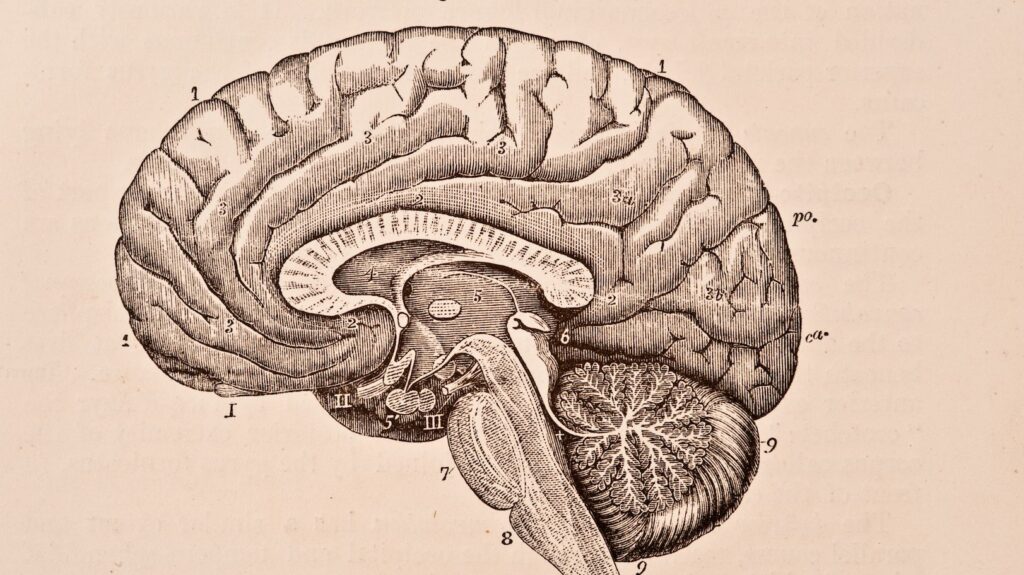
The worry loop—a neural circuit connecting the prefrontal cortex, striatum, and thalamus becomes hyperactive. Like a broken record player, it repeats the same anxious refrains: worry,plan, worry more, second-guess, worry about worrying. The normal sequence of “worry, plan,act” becomes stuck in an endless spiral where action feels impossible and relief remains perpetually out of reach.
When Thoughts Become Water
The drowning metaphor isn’t merely poetic,it reflects genuine physiological changes. Studies show that perseverative thinking correlates with elevated heart rate, increased blood pressure,and prolonged stress responses. The body responds to prolonged worry as if facing a continuous physical threat, maintaining fight-or-flight activation that would normally last only minutes. Consider the testimony of those who’ve experienced this mental submersion: “Every torrent of thoughts is a wave that threatens to drown you.” The sensation mimics actual drowning, the panic, the desperate search for breath, the feeling of being pulled under by invisible currents. Unlike physical drowning, however, this suffocation happens in broad daylight, surrounded by air we cannot seem to access.
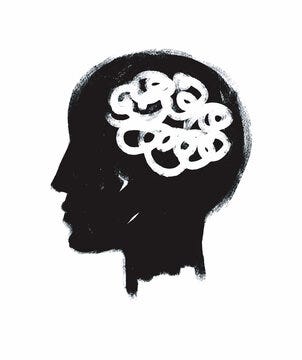
The Paradox of Mental Air Hunger
Perhaps most cruelly, overthinking creates air hunger in the presence of abundance. Our respiratory patterns change under anxiety, becoming shallow and rapid. The brain’s suffocation alarm system, normally triggered by carbon dioxide buildup, can become hypersensitive in anxious individuals. We gasp for mental breath while drowning in thoughts about breathing itself. Research on interoceptive dysfunction—our impaired ability to accurately perceive bodily signals shows how anxiety distorts our relationship with our own breath. The very act of monitoring our breathing can paradoxically make it feel more labored, creating a feedback loop where awareness amplifies distress. We become prisoners of our own consciousness, trapped in bodies that feel foreign and untrustworthy.
The Cognitive Undertow
Like ocean currents that pull swimmers away from shore, cognitive distortions create powerful undertows that drag us deeper into mental waters. All-or-nothing thinking makes every situation feel life-or-death. Catastrophizing transforms minor concerns into tsunamis of worry. Rumination keeps us circling the same whirlpool of regret and anticipation.These thought patterns don’t merely inconvenience us they actively impair our cognitive control networks, weakening our ability to surface from the depths. The prefrontal cortex, our brain’s executive center, becomes overwhelmed by emotional arousal from the amygdala, like a lifeguard who’s forgotten how to swim.
The Duration of Drowning
One of the most insidious aspects of mental drowning is its persistence. While physical drowning happens quickly, overthinking can extend suffering indefinitely. Studies reveal that longer periods of perseverative thinking correlate with increased perceived stress and elevated blood pressure. Six minutes of sustained worry can increase stress levels by more than 10 points on a 100-point scale and many overthinkers remain submerged for hours, days, or even years.
The thoughts that hurt most are indeed “the ones that never leave” those persistent mental companions that follow us into sleep, wake with us each morning, and color every interaction with their presence. They become like water in the lungs, never fully expelled, always threatening to overwhelm our capacity to breathe freely.
Learning to Surface
Yet even in the deepest mental waters, possibility exists. Research shows that rumination focused cognitive behavioral therapy can reduce both subjective rumination and the neural connectivity patterns that maintain thought loops. Like learning to swim, breaking free from overthinking requires practice, patience, and often professional guidance. The path to the surface isn’t about eliminating all negative thoughts—that’s as impossible as never encountering water. Instead, it’s about changing our relationship with mental content, recognizing that having a sad thought doesn’t make us a sad person. It’s learning that thoughts, like waves, will pass if we stop fighting against their natural rhythm. Mindfulness practices can serve as life preservers, offering moments of refuge where we can observe our mental weather without being swept away by it. Breathing exercises literally and figuratively provide the oxygen needed to think clearly. And sometimes, the most radical act is simply choosing to trust that we can survive whatever is coming, even when our minds insist otherwise.
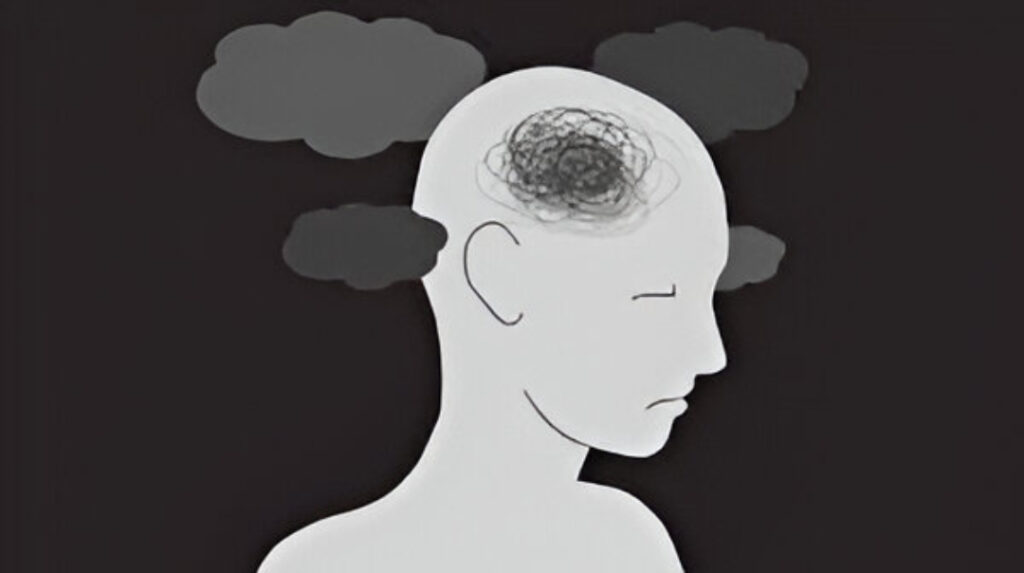
Breathing Again
Overthinking feels like drowning in air because, in many ways, it is. It’s the suffocation that happens when our minds become so full of worry that there’s no room for presence, no space for the breath of actual life. But just as drowning victims can be resuscitated, minds caught in overthinking can learn to breathe again. The surface is always closer than it seems. Sometimes, the first step toward breaking free is simply recognizing that we’re underwater at all acknowledging the drowning without judgment, with compassion for the struggle, and with faith that breathing freely is possible once more. In the end, the thoughts that never leave teach us something profound: that we are stronger than our worries, more resilient than our fears, and more capable of breathing deeply than our anxiety would have us believe. The air was there all along, waiting patiently for us to remember how to breathe.
— Crafted by Shivam Shukla.


